“
An extra yawn one morning in the springtime, an extra snooze one night in the autumn ... We borrow an hour one night in April; we pay it back with golden interest five months later.”
- Winston Churchill
Questions about Daylight Saving Time and some gear to sort it out

As we head into the heart of Autumn, we get the reminder to "fall back" as we say good-bye to Daylight Saving Time. That's right, we said "saving," even though it's so often incorrectly referred to as daylight savings time. And let's be honest, the name is the least of its problems. What a pain in the ass it is to worry about changing the clocks. And in a modern world of 24-hour connectivity, the notion is kind of obsolete. It's an age old tradition that isn't officially all that old. But it often brings up a lot of questions.
It was created to get the most out of the daylight during the warmer months. The Standard Time Act of 1918, which also established standard time zones, was the first legislation to implement daylight saving time. But the idea was so unpopular, especially with farmers who found the time change wildly disruptive, that Congress repealed it after World War I. But the practice returned during the second World War. In 1966, the US government passed the Uniform Time Act, standardizing daylight saving time and by 1975, it became an official practice to save energy.
Officially at 2 am local time on Sunday, November 4. Your phone will automatically update, of course, but you're advised to turn any analog clocks (as well as the microwave) before you go to sleep on Saturday night.
Well, not exactly. According to doctors at Harvard, most people can't or don't take advantage of this so-called opportunity. "The resulting shift in the body's daily sleep-wake cycle can disrupt sleep for several days," writes Anthony Komaroff, MD. "During the following week, many people wake up earlier, have more trouble falling asleep, and are more likely to wake up during the night."
Currently, Hawaii, most of Arizona, Puerto Rico, the Virgin Islands, Guam, Americana Samoa and the Northern Marianas Islands do not observe daylight saving time. California and Florida have both introduced ballot measures to do away with it. Utah is considering it. And the European Union has proposed dropping daylight saving time altogether by 2019, believing that the practice is outdated. When the EU conducted a public survey, they received nearly five million replies and found 84 percent of European citizens were in favor of doing away with it.
There's not a lot you can do (short of writing your state representative). But if you've got to play along, then you deserve a good looking clock to turn back, right? We pulled a few of our favorites.
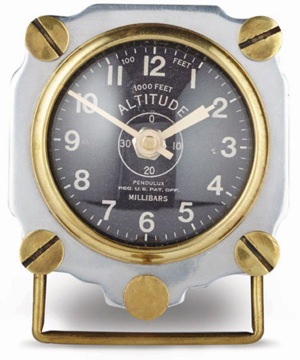
Altimeter table clock,
$99.95 by Pendulux
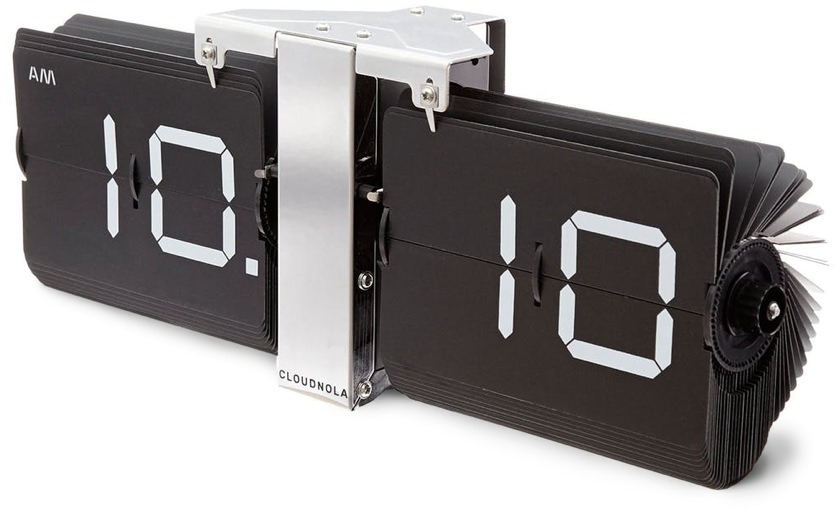
Flipping Out clock,$140 / $124.98 by Cloudnola
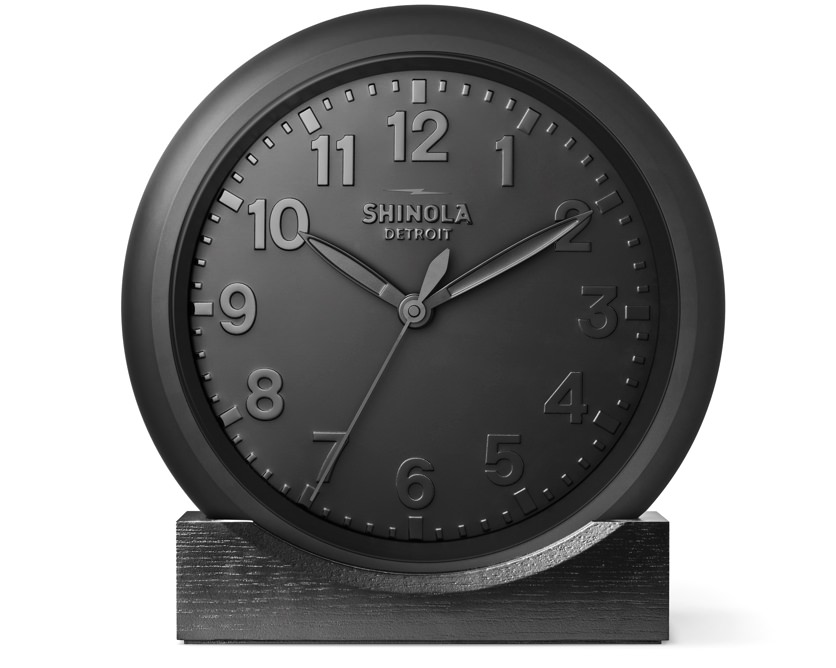
Runwell wall clock (with oak table stand),
$550 by Shinola
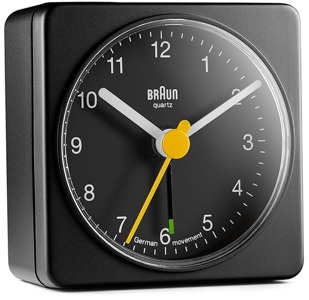
Classic analog alarm clock,
$35 / $32.99 by Braun
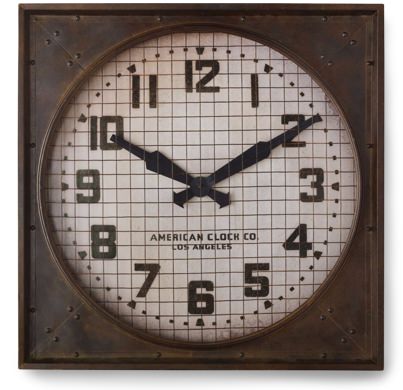
1940s gymnasium clock,
$259 by RH
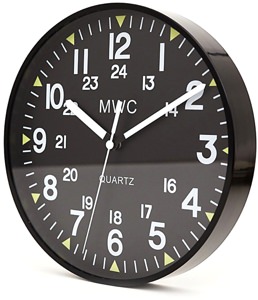
Military pattern wall clock,
$40 by MWC
“
An extra yawn one morning in the springtime, an extra snooze one night in the autumn ... We borrow an hour one night in April; we pay it back with golden interest five months later.”
- Winston Churchill